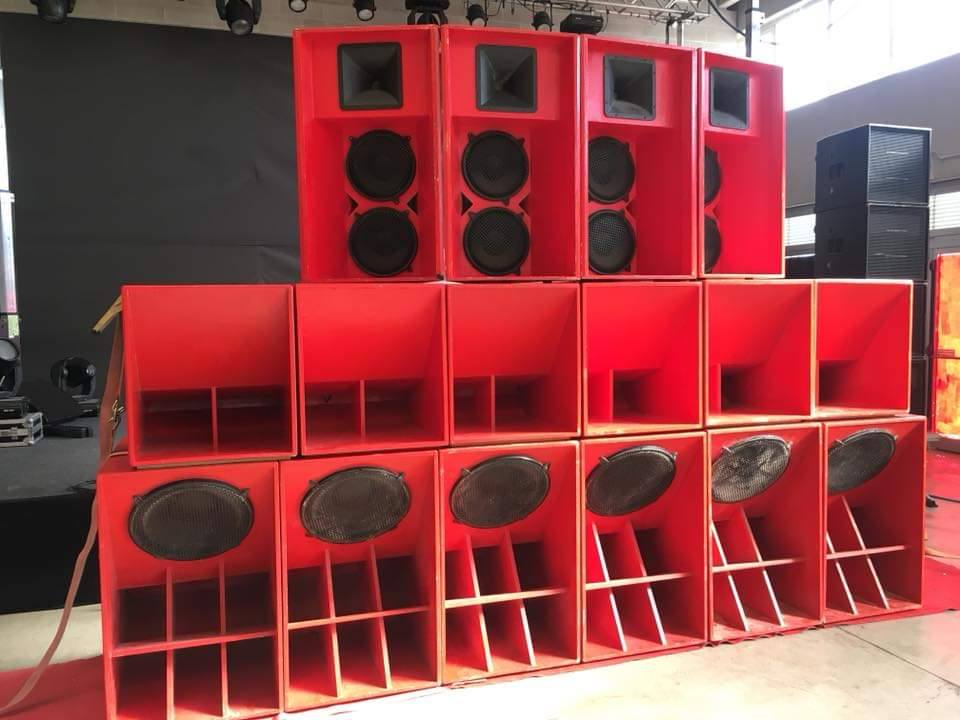Hi, I don't think this subwoofer smoothens mid bass. Its bass doesn't have texture, it's a 12'' inch driver most for movies and HT than music. It detracts from the Elac response.
It has a point extending sub 80Hz bass with a tight slope, but it's no use for upper bass. Maybe a Rel, but certainly not this sub. I much prefer a better and more powerful amplifier that controls the Elacs' woofers and provide texture instead.
I'll have to respectfully disagree with this

It is almost certain that any audible bass issues would be easily visible from in-room measurements made by REW, and could be resolved (or at least greatly improved) by subwoofer/loudspeaker repositioning and EQ. Though I appreciate this is not trivial so I can understand that most people decide not to pursue it.
"Bass texture" exists in the recordings and shouldn't be a feature of a subwoofer - it is not a musical instrument but a sound reproduction device. If two different subwoofers were integrated in an equivalent way and EQ-ed to the same in-room target I strongly doubt there would be a significant difference in perceived "bass texture" in direct comparison - assuming both were working in normal operating conditions (no overload / reasonably low distortion, level-matched and with equivalent LF extension).
Subwoofers are defined mainly by their LF extension and SPL capacity (usually measured according to CEA-2010) - in other words any subwoofer matching the required max SPL and LF extension requirement should work well. SVS SB-1000 Pro is no exception to this.
Lastly, subwoofers operate in spectral region where room modes and SBIR effects dominate the in-room response, and where human hearing cannot differentiate the direct sound from room effects - i.e. what we hear and what we measure correlates strongly in the bass region.
This means that care needs to be taken to achieve as smooth as possible in-room bass response at the listening position, and this is normally done by optimizing the subwoofer and loudspeaker positions (to minimize SBIR-induced dips in their operating range), as well as crossover settings. Afterwards negative PEQ should be used to knock down bass resonances.
Here's some examples on how much improvement adding a subwoofer and PEQ can bring to a pair of Revel M16:
L+R without a sub and without EQ:
The resonances/peaks in 50-200Hz region are clearly audible. Also, the response falls off pretty quickly below 50Hz.
L+R without a sub but with bass EQ (based on in-room response):
This sounds much better because the bass resonances are tamed and some of the dips are restored with positive PEQ (but this unfortunately means less headroom and resonances elsewhere in the room). Also, the response falls off pretty quickly below 50Hz.
L+R+sub without EQ:
Now were getting somewhere! We have much less severe dips in the bass so we don't need positive PEQ, but we still have resonances in the 50-200Hz range that are very audible ("boomy bass") and need taming (with negative PEQ). We also have significant energy down to almost 20Hz.
L+R+sub with PEQ (bass corrected based on in-room response and loudspeakers corrected based on anechoic data):
This simply sounds good!

No boomyness and no bass suckout, sub-bass is audible and cleanly reproduced (in tracks that contain it).
In conclusion, in both my systems adding a subwoofer definitely helped to retrieve energy and achieve a smoother response in the critical 60-100Hz region, and PEQ was similarly important to resolve audible bass resonances in the 50-200Hz region ("bass bloom", "boominess"...).
Anyway, just my 2¢ - hope it helps!



